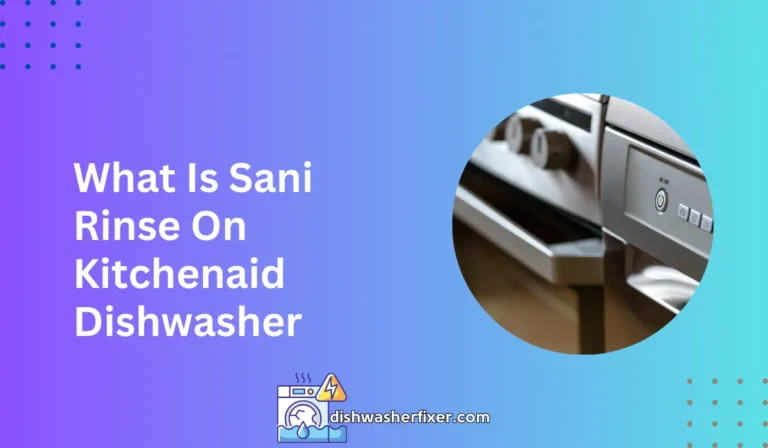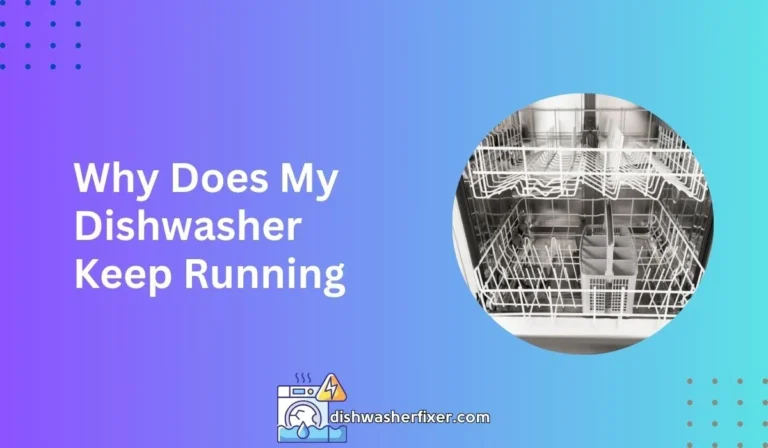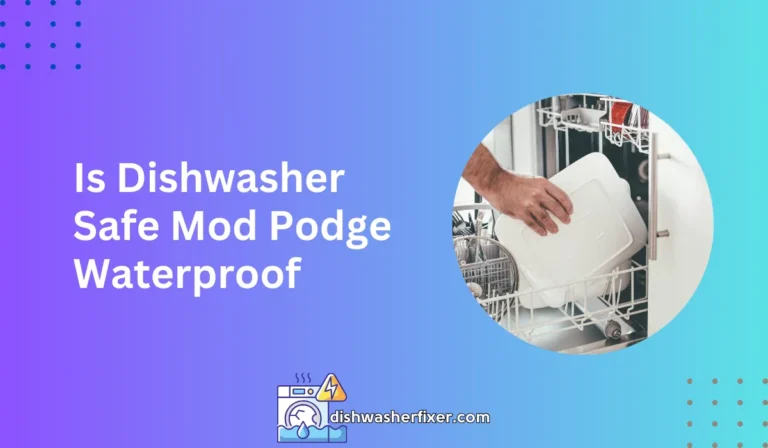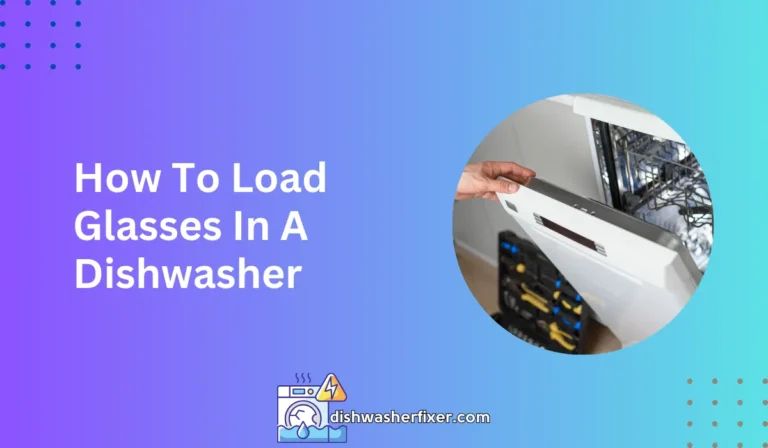How to Use Portable Dishwasher: Easy Step-by-Step Guide
To use a portable dishwasher, start by rolling it near the sink and connecting it to the faucet with the adapter. Load your dishes, add detergent, and select the desired wash cycle. Plug the unit into an electrical outlet and start the dishwasher. Once completed, disconnect and store.
Setting Up Your Portable Dishwasher
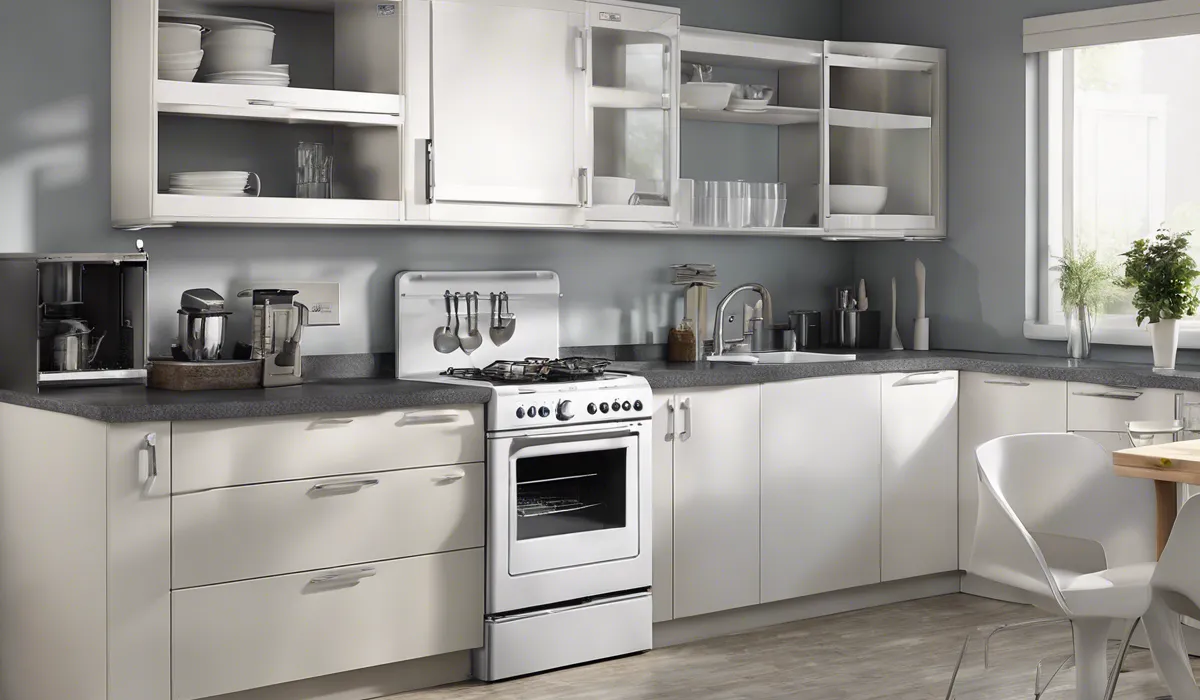
Choosing the Right Location for Your Dishwasher
Before using your portable dishwasher, finding the perfect spot is crucial. It should be close to your kitchen faucet and an electrical outlet.
Ensure the location allows the hoses to reach without stretching, as this can lead to wear and tear over time. Additionally, consider a spot where the dishwasher can be stored when not in use, keeping your kitchen space neat and organized.
Connecting the Dishwasher to the Kitchen Faucet
Connecting your dishwasher begins with attaching the hose to the tap. Your dishwasher should come with an adapter that fits most standard faucets.
Twist the adapter onto your faucet, ensuring it’s snug to prevent water from escaping.
Next, ensure you have a secure connection to avoid leaks. It’s a good idea to check the rubber washers in the hose connections as they provide a tight seal.
If you notice dripping, tighten the connections or replace the washers. Remember, a leak-free setup will save water and prevent potential damage to your kitchen.
Plugging in the Power Cord
Once the hose is attached, plug the power cord into an outlet. Make sure your hands are dry to avoid any risk of electric shock.
The outlet should be a grounded three-prong outlet for safety. If you’re unsure about your outlet type, you might compare it to a ceiling box installation to ensure compatibility and safety.
Checking for Any Pre-use Requirements
Before starting your first wash, check if your dishes need pre-rinsing. Some portable dishwashers require this step to prevent food particles from clogging the system.
Make sure you read the manufacturer’s instructions to understand your specific model’s pre-use requirements.
Operating Your Portable Dishwasher
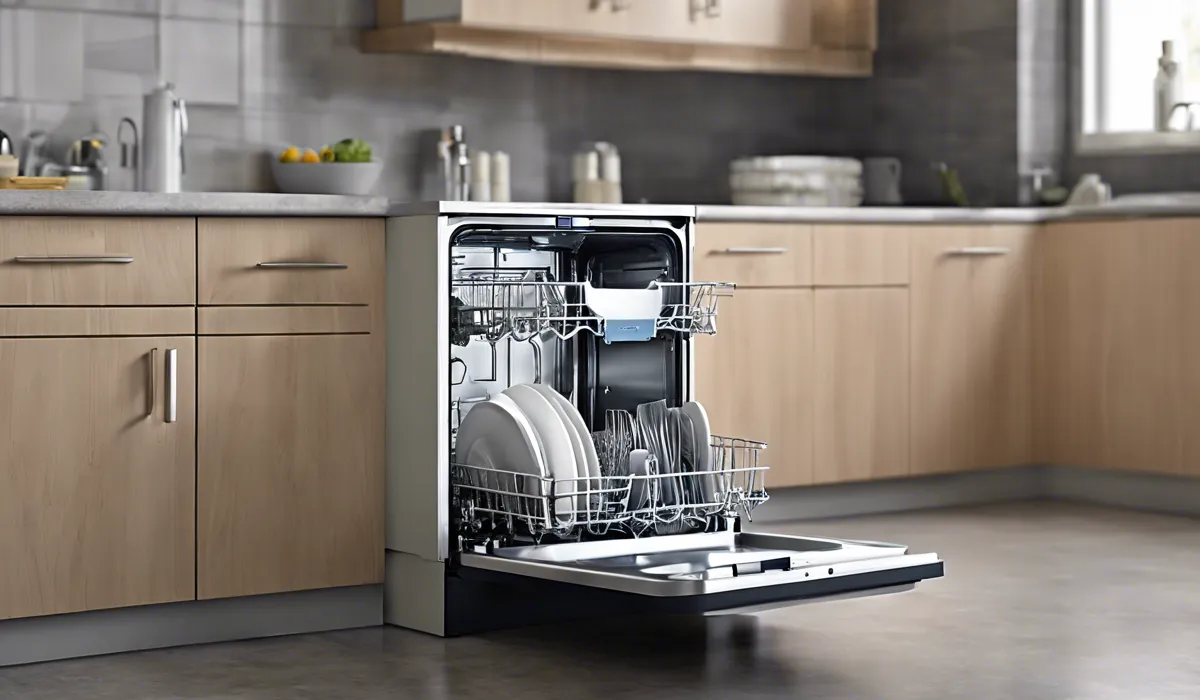
Loading Dishes into the Dishwasher
Loading your dishwasher correctly is essential for clean dishes. Arrange them so that water and detergent can reach every surface.
Plates should go on the bottom rack, standing up, while cups and bowls belong on the top. Avoid overcrowding, as this can lead to dishes not being cleaned properly.
Understanding the capacity and limitations of your dishwasher ensures you do not overload it. Each model has a specific capacity, typically listed in the user manual. Stick to these guidelines for the best results.
Adding Detergent and Rinse Aid
Selecting the right type of detergent is vital. Use a detergent specifically designed for dishwashers, as regular dish soap can cause suds to overflow. Fill the dispenser with the correct amount of detergent, not too much or too little, for optimal cleaning.
Rinse aid is also essential, as it helps with drying and prevents spots on your dishes. Fill the rinse aid dispenser following the manufacturer’s guidelines.
Choosing the Appropriate Wash Cycle and Settings
Different cycle options are available for various needs, from heavy-duty cleaning for pots and pans to a gentle cycle for delicate glassware. Explaining these options, the user manual can guide you in selecting the best cycle for your load.
Adjust the settings according to the soil level. If your dishes are heavily soiled, choose a longer, more intense cycle. For lightly soiled dishes, a quick wash may suffice.
Starting the Dishwasher
Ensure the unit is properly sealed before starting. Close the door firmly and check the latch if there is one.
Once you start the cycle, monitor the dishwasher for the first few minutes to ensure there are no issues, such as leaks or strange noises, which could indicate a problem.
Maintenance and Troubleshooting

Regular Cleaning and Upkeep
Cleaning the filters regularly is crucial for maintaining your dishwasher’s performance. Remove the filter according to the manufacturer’s instructions and rinse it under running water. Wiping down the interior and exterior with a damp cloth can keep your dishwasher looking new and prevent the buildup of grime and odors.
Dealing with Common Issues
If you find your dishes are not being cleaned properly, it could be due to blocked spray arms. Remove the arms and clean out any debris. Addressing water that is not draining is another common issue.
When to Seek Professional Help
Recognizing problems beyond basic troubleshooting is important. If your dishwasher is not functioning correctly after you’ve tried the standard fixes, it may be time to seek professional help.
Find a reliable service provider who is experienced with portable dishwashers. They can diagnose and repair more complex issues that you’re not equipped to handle.
FAQs About Using a Portable Dishwasher
How do I connect a portable dishwasher to the faucet?
Roll the portable dishwasher near the sink and connect it to the faucet using the provided adapter, ensuring a secure and leak-proof connection.
What are the steps to load a portable dishwasher?
Open the dishwasher, arrange your dishes in the racks according to the manufacturer’s instructions, and add the appropriate amount of detergent before starting the wash cycle.
How do I choose the wash cycle on a portable dishwasher?
Select the desired wash cycle by using the control panel on the dishwasher, often ranging from light to heavy, depending on the soil level of your dishes.
What do I need to do to start the portable dishwasher after loading?
After loading the dishwasher and adding detergent, plug the unit into an electrical outlet and press the start button to begin the wash cycle.
What should I do after the dishwasher cycle is complete?
Once the cycle is complete, unplug the dishwasher, disconnect it from the faucet, and roll it back to its storage area.
Final Thoughts
Using a portable dishwasher involves a simple process: wheel it to the sink, attach it to the faucet via an adapter, and load the dishes.
After adding detergent and selecting the wash cycle, plug the appliance into an outlet and initiate the cycle. Post-wash, disconnect the dishwasher, and put it away for storage.
